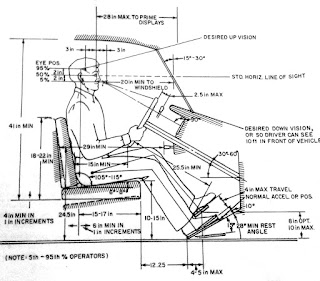Book Review: The Beauty of Everyday Things
"Craftwork constrained by utility is often referred to as suppresses, freedomless art, and is regarded as being of a secondary or tertiary nature. it needs to be understood, however that this lack of freedom is the ultimate source of handcrafted beauty. without a clear utilitarian need, there is no guarantee that a good pattern will result. in the realm of handicrafts, utility is the wellspring of beauty. Utility and beauty are not two, but one. all patterns that originate in utility have deep roots."
Soetsu Yanagi was a Japanese art critic, and in this book he shared his views mainly about mingei or folk craft. Why mingei is special? It's not because of its rarity nor its complexity. The fact that it is made by the people for the people is important. It's not expensive, it is made for mass, made by community, and anonymous.
Then, he criticised the technology development with machinery made things not as beautiful as mingei, due to its nature of precision, lack of "human touch", and created abundance more than what people need. Machinery can't beat human hands. Thus, Alice Rawsthorn in her article compared his critics with the Arts and Craft movement in Europe.
In his book, he shared some crafts, some history and technical background, and some discourses around them. For example bashofu, kogin, and kasuri, which uniquely was originated from Java and Sumatra ikat textiles. Each imperfection on these craft products is the sign of mingei perfection itself, which involved highly complex process.
Yanagi's journey to unravel Mokujiki's work had him discovered this mingei concept at some point (I forgot which one first but they were connected). He also mentioned how religion (Buddhism and Shinto) influenced these mingei.
From this book, we can also understand the origin of Muji brand, which is known for its simplicity, rooted in Buddhism values. That's only modern thing I can refer to from reading this book, please excuse my lack of knowledge in Japanese craft.
Somehow reading this book reminds me of the journey written by Agustinus Wibowo, who described people and culture thoroughly. Not preaching, but sharing as a matter of fact what he had discovered.
"True sight looks within an object, whereas the intellect merely surveys its surroundings."
I skipped on the last part of this book when he shared his long letter to his Korean friends (or readers) and the part when he and his partner (or partners? I forgot) built Mingei-kan, the Japan Folk Crafts Museum in Tokyo. Then I checked on the internet, they also have a branch in Osaka and I have a slight sense of regret for not visiting it. Oh man, it is located in Suita, where I lived before!
Final verdict, I give 3 out of 5 stars for this book. The main idea is interesting, yet he used many repetition and his writing felt old school which needs more concentration and focus to understand it.




Comments
Post a Comment